
Muslim Fortresses in the Levant
During much of the twelfth century the Crusaders dominated the military scene in the Levant. The unification of gypt and Syria by Saladin gradually changed the balance of power, which slowly begun to tilt in favor of the Muslims. This book examines the development and role of Muslim fortresses in the Levant at the time of the Crusaders and the Mongol invasion, situating the study within a broad historical, political and military context.
Exploring the unification of Egypt with a large part of Syria and its effect on the balance of power in the region, Raphael gives a historical overview of the resulting military strategies and construction of fortresses. A detailed architectural analysis is based on a survey of four Ayyubid and eight Mamluk fortresses situated in what are today the modern states of Jordan, Israel, Southern Turkey and Egypt (the Sinai Peninsula). The author then exploes the connection between military architecture and the development of siege warfare and examines the influence of methods of rule on the concept of defence and the development of fortifications.
Drawing upon excavation reports, field surveys and contemporary Arabic sources, the book provides the Arabic architectural terminology and touches on the difficulties of reading the sources. Detailed maps of the fortresses in the region, the Mongol invasion routs, plans of sites and photographs assist the reader throughout the book, providing an important addition to existing literature in the areas of Medieval Archaeology, Medieval military history and Middle Eastern studies.
Kate Raphael is a postdoctoral researcher in the Department of Earth and Sciences at the Hebrew University of Jerusalem, Israel. She received her PhD in Medieval Islamic studies at the Hebrew University of Jerusalem, and her research currently focuses on environmental disasters in the Medieval Middle East.
Culture and Civilization in the Middle East
General Editor: Ian Richard Netton
Professor of Islamic Studies, University of Exeter
This series studies the Middle East through the twin foci of its diverse cultures and civilisations. Comprising original monographs as well as scholarly surveys, it covers topics in the fields of Middle Eastern literature, archaeology, law, history, philosophy, science, folklore, art, architecture and language. While there is a plurality of views, the series presents serious scholarship in a lucid and stimulating fashion.
PREVIOUSLY PUBLISHED BY CURZON
The Origins of Islamic Law
The Quran, the Muwatta and Madinan Amal
Yasin Dutton
A Jewish Archive from Old Cairo
The histoy of Cambridge Universitys Genizah Collection
Stefan Reif
The Formative Period of Twelver Shiism
Hadith as discourse between Qum and Baghdad
Andrew J. Newman
Quran Translation
Discourse, texture and exegesis
Hussein Abdul-Raof
Christians in Al-Andalus 711-1000
Ann Rosemary Christys
Folklore and Folklife in the United Arab Emirates
Sayyid Hamid Hurriez
The Formation of Hanbalism
Piety into power
Nimrod Hurvitz
Arabic Literature
An overview
Pierre Cachia
Structure and Meaning in Medieval Arabic and Persian Lyric Poetry
Orient pearls
Julie Scott Meisami
Muslims and Christians in Norman Sicily
Arabic-speakers and the end of Islam
Alexander Metcalfe
Modern Arab Historiography
Historical discourse and the nation-state
Youssef Choueiri
The Philosophical Poetics of Alfarabi, Avicenna and Averroes
The Aristotelian reception
Salim Kemal
PUBLISHED BY ROUTLEDGE
The Epistemology of Ibn Khaldun
Zaid Ahmad
The Hanbali School of Law and Ibn Taymiyyah
Conflict or concilation
Abdul Hakim I Al-Matroudi
Arabic Rhetoric
A pragmatic analysis
Hussein Abdul-Raof
Arab Representations of the Occident
EastWest encounters in Arabic fiction
Rasheed El-Enany
God and Humans in Islamic Though
Abd al-Jabbr, Ibn Sn and al-Ghazl
Maha Elkaisy-Friemuth
Original Islam
Malik and the madhhab of Madina
Yasin Dutton
Al-Ghazali and the Quran
One book, many meanings
Martin Whittingham
Birth of The Prophet Muhammad
Devotional piety in Sunni Islam
Marion Holmes Katz
Space and Muslim Urban Life
At the limits of the labyrinth of Fez
Simon OMeara
Islam Science
The intellectual caeer of Nizam al-Din al-Nizaburi
Robert G. Morrison
Ibn Arab Time and Cosmology
Mohamed Haj Yousef
The Status of Women in Islamic Law and Society
Annotated translation of 
 Imratun fi l-sharca wal-mujtamac, with an introduction
Imratun fi l-sharca wal-mujtamac, with an introduction
Ronak Husni and Daniel L. Newman
Islam and the Bahai Faith
A comparative study of Muhammad Abduh and Abdul-Baha Abbas
Oliver Scharbrodt
Comte de Gobineau and Orientalism
Selected Eastern writings
Translated by Daniel ODonoghue
Edited by Geoffrey Nash
Early Islamic Spain
The histoy of Ibn al-Q.tya
David James
German Orientalism
The study of the iddle East and Islam from 1800 to 1945
Ursula Wokoeck
Mull and Metaphysics
and Metaphysics
Modulation of being
Sajjad H. Rizvi
Schools of Quranic Exegesis
Genesis and development
Hussein Abdul-Raof
Al-Ghazali, Averroes and the Interpretation of the Quran
Common sense and philosophy in Islam
Avital Wohlman, translated by David Burrell
Eastern Christianity in the Modern Middle East
Edited by Anthony OMahony and Emma Loosley
Islamic Reform and Arab Nationalism
Expanding the Crescent from the Mediterranean to the Indian Ocean (1880s1930s)
Amal N. Ghazal
Islamic Ethics
Divine command theory in Arabo-Islamic thought
Mariam al-Attar
Muslim Fortresses in the Levant
Between Crusaders and Mongols
Kate Raphael
Muslim Fortresses in the Levant
Between Crusaders and Mongols
Kate Raphael
LONDON AND NEW YORK
First published 2011
by Routledge
2 Park Square, Milton Park, Abingdon, Oxon OX14 4RN
Next page
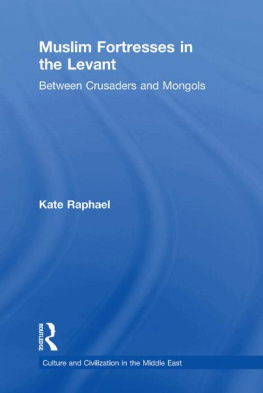

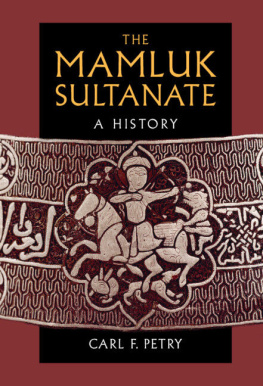
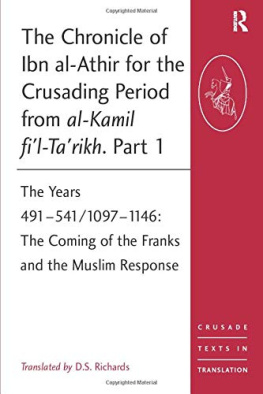

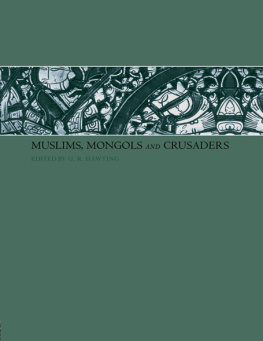

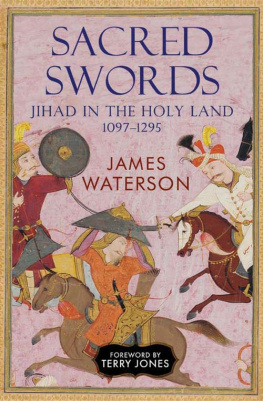
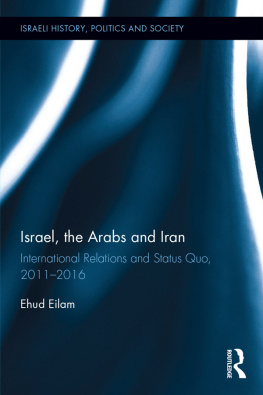
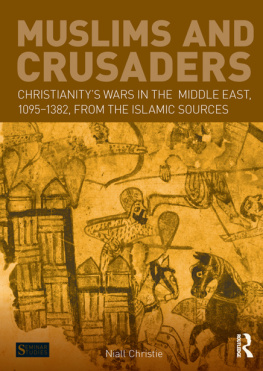



 Imratun fi l-sharca wal-mujtamac, with an introduction
Imratun fi l-sharca wal-mujtamac, with an introduction and Metaphysics
and Metaphysics